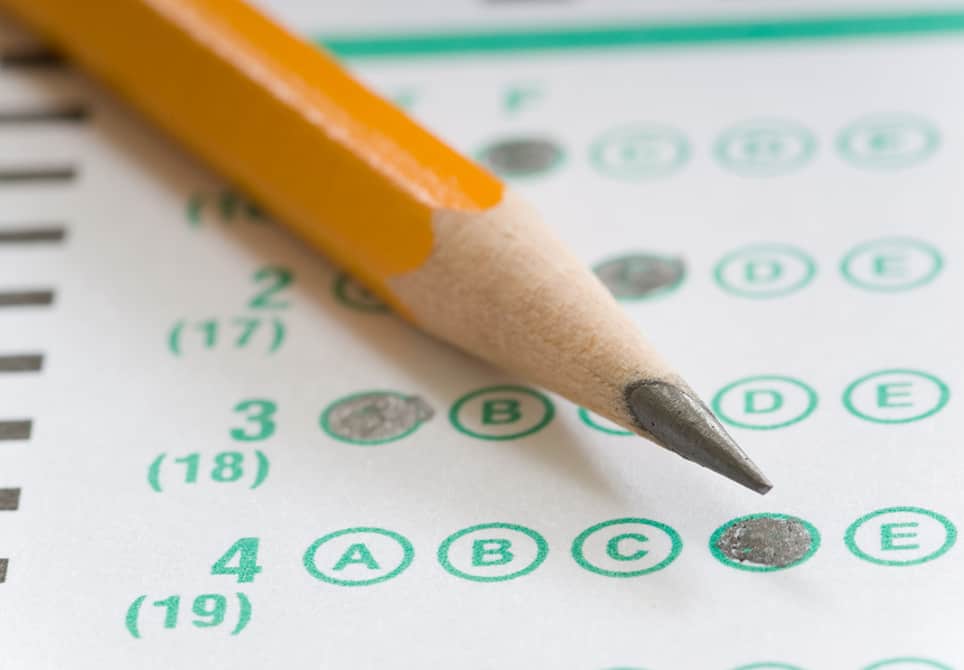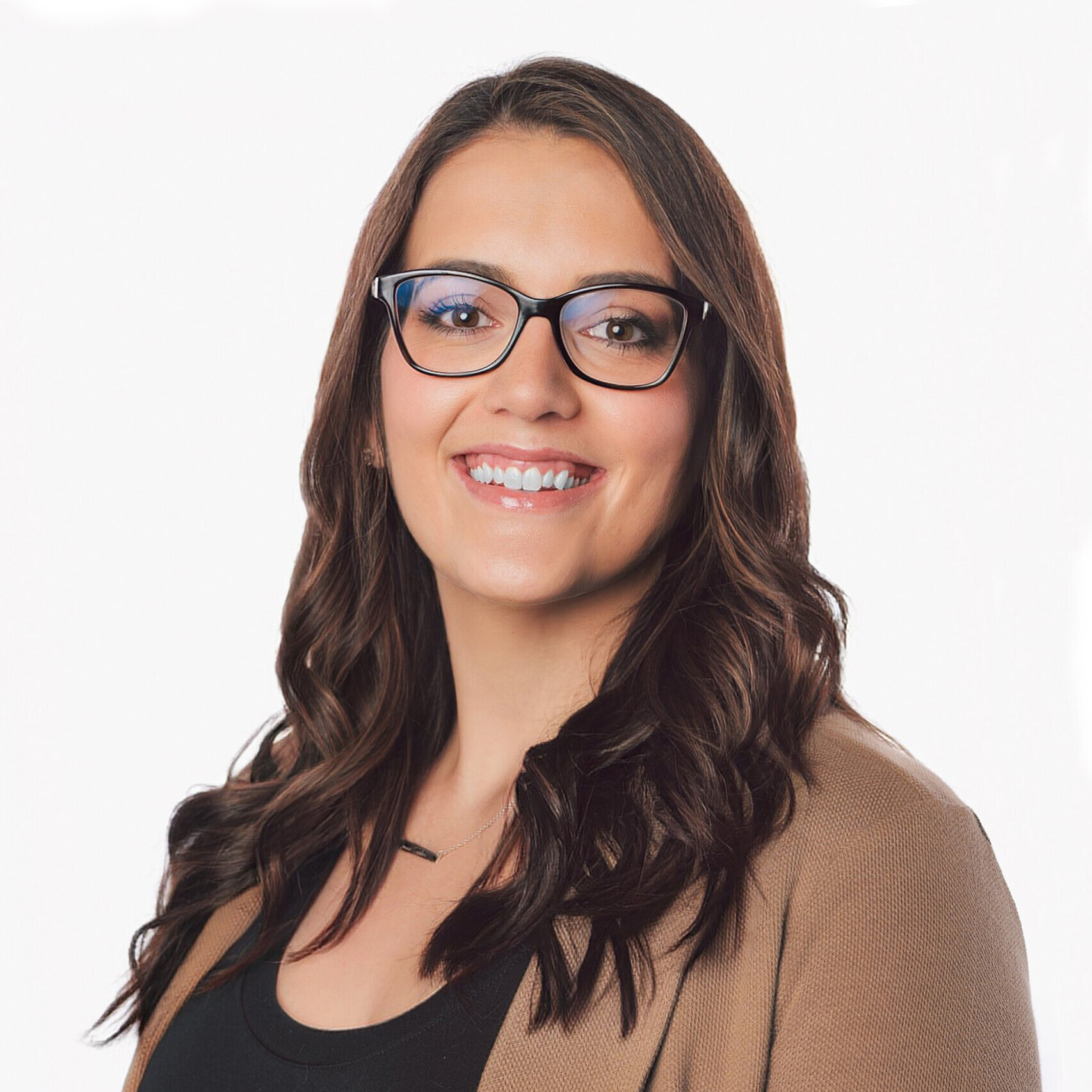Refocusing Assessment on Teaching and Learning

Assessment. It could almost be considered a “bad word” in the education world. With varying opinions, bringing up the Common Core State Standards or discussing state tests can sometimes feel like opening the ultimate can of worms.
But all of that aside, I think we can agree that measuring student growth and giving school leaders and teachers the insight they need to improve instruction and guide resource decisions is vitally important.
Can we achieve these goals by using assessments in smarter ways? Will new technology let us increase the insights we give to educators and decrease the number of minutes that students spend in tests? Can we make assessment a “good word” again?
I recently had a chance to sit down with Ken Tam, executive director of personalized learning at Curriculum Associates, to get his thoughts on assessment and where it is headed in the future. Here’s my interview with him, which originally ran April 1, 2016 on Smart Brief.
Why has assessment become a “bad word” in some circles?
There has been too much focus on high stakes assessment for purposes like accountability. And there hasn’t been nearly enough emphasis on how we can put assessment to use in the classroom by giving teachers information about student progress and insight into guiding remediation and reteaching. Students currently see assessments as tests that determine their outcomes through grades, placement in special programs and so forth. So this just adds to their anxiety. We need to start thinking about assessment as a practice that informs instruction and as a powerful tool that will help teachers meet the needs of every student.
We also haven’t done a good enough job at getting information to teachers in a timely manner, with enough detail so they can adapt teaching and learning. Too often the data from assessments do not make it back to the teacher in any useable form and arrive far too late to drive action. The reports they receive are complex, overly steeped in complicated statistics, and do not provide enough granular information to drive instruction.
What is the purpose of assessments? Is the primary use of the data for accountability or is it to inform instruction?
I think this is a false choice. Assessments can meet accountability requirements and inform instruction simultaneously. A well-designed assessment will give administrators comprehensive insight into student growth and performance. But its results will also be ready to be put to use in the classroom. It will help teachers differentiate instruction and guide what areas to focus on given students’ previous knowledge and skills.
So, is it possible to minimize the amount of testing while maximizing the information we get from assessments?
Yes, I think so. A well-designed assessment can meet many needs. Advances in assessment design and new technology now mean that assessments no longer need to have narrow, singular purposes. For example, instead of administering Universal Screeners to identify students who may be at risk for poor learning outcomes and separate Growth Measures to determine change in student ability, an adaptive assessment like i-Ready® Diagnostic that is administered at multiple points during the school year can analyze growth and screen students who require additional support.
Adaptive assessments enable educators to address the issue that students have skills that splinter across grade levels; the assessments can adjust up and down to identify the specific level of students and uncover gaps in knowledge and skills. The bottom line is that new technology is truly changing the way that educators can use assessments. Identifying fewer multi-purpose assessments reduces the overall time that students spend in tests, limits implementation complexity, and provides insights that allow educators to adapt teaching.
What questions should educators ask as they evaluate their assessment strategy?
Many educators are starting to take a comprehensive view of all the assessments they are using and thinking about their assessments as a system that informs instruction, rather than as a set of individual tests. Key questions they are asking as they examine their assessments include:
- What is the purpose of this assessment and is it duplicative of another test we administer?
- Does the assessment measure the rigorous skills and standards required of students to be college and career ready?
- How well does the assessment align with our state test and will it predict end-of-year proficiency?
- Does the assessment include technology-enhanced items similar to those my students will encounter on state tests?
- Was the assessment designed to determine student misconceptions and common errors in a particular learning construct to give teachers meaningful instructional guidance?
- Are the assessment scores reported on a vertically aligned, stable scale that allows me to determine growth within and across school years?
- Will I be able to provide my teachers with assessment data in real time?
- Does the assessment data provide me with granular and easy-to-understand information about student performance, next steps for instruction, and the ability to group students by similar abilities? Is the data both easily interpreted and highly actionable?
How do you know if assessments are providing actionable information that supports teachers and informs instruction?
Reports should be timely, easy to interpret and display only a small number of key data points. The data points should tell the teacher how the student performed overall, what was the level of performance by domains/skills and how the student achieved relative to grade level expectations. In addition, the report should identify a narrow list of immediate next steps for instruction rather than provide an extensive set of skills the student should be working on.
How can educators determine if students are making progress on grade-level standards?
Educators should use targeted assessments that match the rigor of the new standards and align to both the district curriculum and state tests. These assessments can replace common classroom assessments, such as lesson quizzes, unit tests, and quarterly benchmarks, while providing teachers with information on standards performance. This is a perfect example of how educators can simultaneously improve their insight and reduce the number of minutes that students spend taking tests.
What is the process for determining what and when to assess?
The best use of assessments is when they are close to where teaching and learning occurs. Ideally, students should be assessed before or shortly after instruction so that teachers have an opportunity to remediate or reteach. To develop these assessments, educators can now take advantage of powerful new technology. For instance, i-Ready Standards Mastery provides educators with pre-built assessment forms that mirror the level of rigor of the new standards and can be administered to match a district’s unique scope and sequence. This kind of tool makes it possible for administrators to have an ongoing evaluation of recently taught standards at the district, school, and classroom level.
What are you seeing in schools? What strategies or practices can you suggest?
Innovative schools are adopting practices to promote students’ investment in their academic growth. For instance, many schools are encouraging students to take a look at their own data to visualize their progress. They’re also providing students with options for demonstrating their knowledge of a particular skill/standard. Both of these strategies help drive student agency by shifting the focus of control from the teacher to the student and allowing the student to take more ownership of their learning. Instead of waiting for the teacher to review their data with them, students can follow a protocol that guides them through the process of looking at recent assessments to determine strengths, identify areas of improvement, set goals and document their growth.
So What’s Next?
At the end of our meeting I asked Tam about his predictions for the future of assessment. While we can all agree that change will take time, Tam stressed that there has to be more emphasis on the practical (performance tasks) rather than the academic (concepts) in order for assessments to shift from what students need to learn to how students can apply cognitive processes and use technology to solve problems and be truly college and career ready.
Tam believes that future assessments will include more questions that are technology enhanced, be more tailored to student interests, be embedded into the curriculum stream to allow for more sampling of results, and contain a wider scope to include non-cognitive factors such as grit, motivation, and other aspects of social and emotional learning.
What are your thoughts? Where do you see assessment in 5–7 years? Please leave a comment below or join the conversation on social media using #AssessLess.
For more, see:
- Grants for New Assessment Systems Signal the End of the Big Test
- Supporting English Language Learners with Formative Assessments
- It’s Time For A New Assessment System
Stay in-the-know with all things EdTech and innovations in learning by signing up to receive the weekly Smart Update. This post includes mentions of a Getting Smart partner. For a full list of partners, affiliate organizations and all other disclosures please see our Partner page.






Camya Mckinnie
I love your work awesome